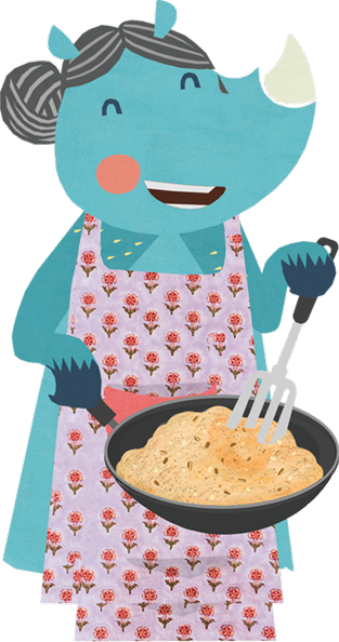Your little one is growing, their body and brain are developing, their senses are becoming keen, and their bones and muscles are getting stronger! And that’s why they need some key nutrients at this age.
Let’s start with a key nutrient: iron. Iron is especially essential for breastfed babies, as breast milk has a low quantity of this nutrient.
Why & When Do Infants Need Iron?
When babies are born, they have a store of iron in their body, but it starts to deplete by the time they are 4-6 months old. That's why iron needs increase at 6 months. While formula-fed babies get iron through fortified formula, breastfed babies may not get enough iron from breast milk alone.
According to the National Institute of Nutrition, infants from 6 to 12 months of age require about 5 mg of iron. Iron is crucial for transporting oxygen in the body and supporting cognitive and physical development in babies. Lack of iron can cause anemia, which can affect the baby’s brain and cognitive growth.
Types & Sources of Iron in Daily Food
There are two types of iron found in food.

Heme Iron
Sources of Heme Iron:

Chicken

Mutton

Liver

Egg Yolk
Seafood

Pomfret, Rahu, Hilsa

Clams, oysters

Crab, prawns, shrimp
Non-Heme Iron
Sources of Heme Iron:

Oats

Brown Rice

Red Rice

Bajra

Jawar

amaranth(rajgira)
Cooked beans and legumes:

Chana
(Chickpeas)

Chana Dal
(Roasted Bengal Gram)

Tur Dal
(Split Peas)

Masoor
(Brown Lentils)

Whole Moong
(Green Lentils)

Rajma
(Kidney Beans)

White Rajma
(Navy Beans)

Lobia
(Brown Eyed Peas)
Dry fruits and nuts

Cashew

Raisins

Munakka

Sultanas

Apricots
Leafy Greens

Leaves of moringa
(drumstick)

cauliflower
greens
| Heme Iron | Non-Heme Iron |
|---|---|
| Only found in animal flesh like meat, poultry, and seafood | Found in plant foods like whole grains, nuts, seeds, legumes, pulses and leafy greens |
| This type of iron is the best absorbed source of iron in the body. | This type of iron is not as efficiently absorbed in the body as heme iron. To help boost the absorption of non-heme iron, combine these foods with Vitamin C-rich foods. [Later, we will look at Vitamin C rich food. |
| Sources of heme iron:
|
Sources of non-heme iron:
|
 Did You Know
Did You Know
 We Suggest
We Suggest
Heme Iron Sources


Non-Heme Iron Sources


Last Tip!
Don’t worry if your little one does not eat every spoonful; babies have a small appetite as they are just getting used to solids. Breastmilk/formula continues to be the major source of nutrition that your baby needs.






















